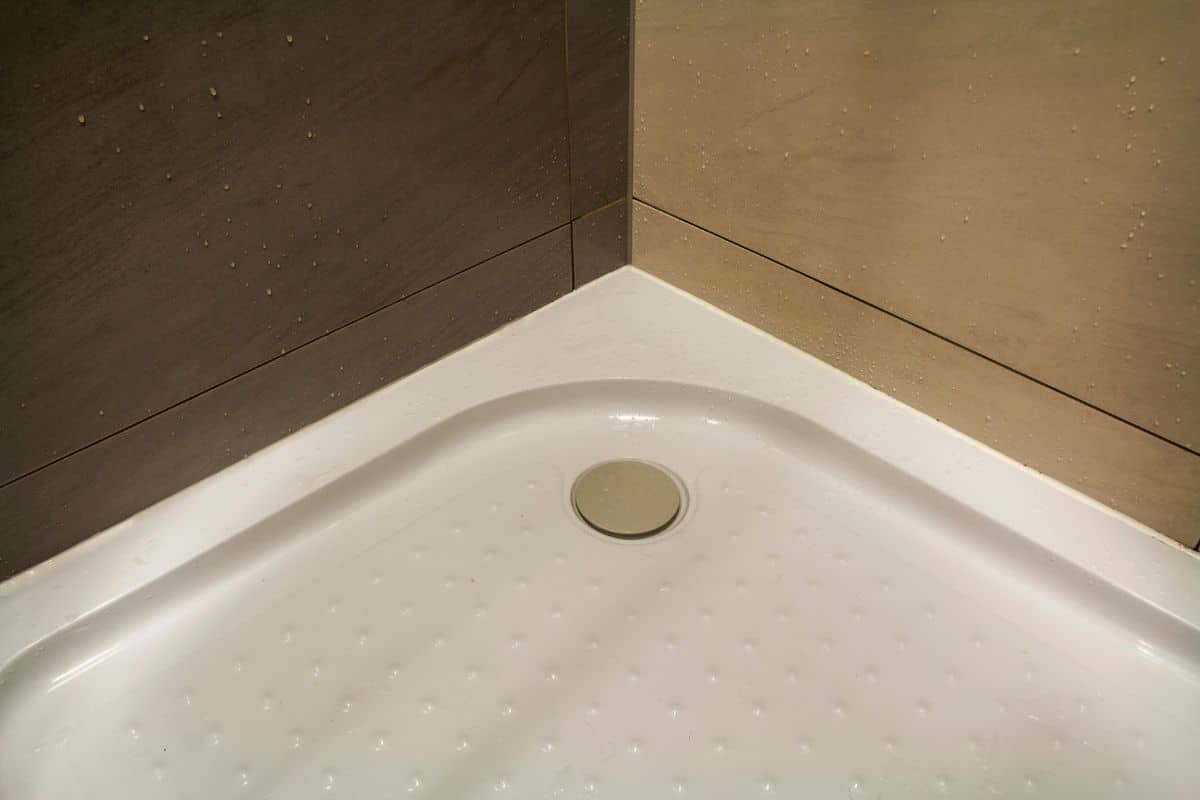
A wet room bathroom can offer the ultimate in luxury and accessibility in any home; however, it will only be as good as the wet room shower tray.
A wet room tray is far more than a shower base. It is key to drainage, waterproofing, and overall ease of creating the wet room.
If you have a bathroom refurbishment on the cards, read on to discover the best wet room tray for your bathroom project.
1. Know the Purpose of a Wet Room Shower Tray
A wet room tray is different from normal trays because it’s installed perfectly level with your floor to provide a seamless walk-in shower space. The main job of a wet room tray is to allow the water to flow towards a drain because it has a built-in gradient. This means water doesn’t build up on the surface of the tray and there’s no excess – it all flows towards the drain, keeping the rest of your bathroom clean and dry. So, it does a similar job to a conventional tray, but a lot better and more effectively.
2. Choose the Right Shape and Size
Wet room trays are available in various shapes and sizes. This gives the flexibility of choosing the right one for your complete design:
- Square or rectangular trays can be the ideal space saver for a built-in alcove or a wide wet room design.
- Linear drain trays ideally work well for a modern, streamlined finish.
- Bespoke or custom-made for compact or complex space areas.
They come in custom sizes, and you need to measure them properly so that they fit in seamlessly with your wet room design plans.
3. Pay Attention to Gradient Design
Gradient (slope) plays a big role in how well a tray drains. Precision-formed gradients in higher-quality trays help to channel water efficiently to the drain without creating wet patches. If the gradient is too small, water may not be directed efficiently. But go too steep and you can feel it underfoot. Look for the gradient pattern that suits your needs, balancing comfort and function.
4. Pick the Right Material
The ideal wet room tray is light enough to carry, but strong enough to support tiles without bending. Some of the most popular materials include:
- High-density foam, with a waterproof layer
- Stone resin
- Pre-manufactured board trays for tanking trays
Opt for a tray with an impressive compressive strength and resistance to water if you want to be sure that you’re getting as much wet room tray longevity as possible.
5. Consider Drainage Options
Your drain style influences both look and function:
- Central drains for traditional layouts
- Linear drains for contemporary, barrier-free designs
- Tile-insert drains for a discreet, seamless appearance
Make sure your chosen tray is compatible with your drain preference.
6. Find a Quality Supplier
When you’re ready to buy, look for trusted suppliers with proven designs. For a wide range of expertly engineered options, visit http://wetroomsdesign.co.uk/wet-room-shower-trays. Here you’ll find the perfect wet room shower tray for your project, with options for every size, style, and drainage need.
Final Words
Installing a wet room in your home can be a luxurious, practical choice. However, you will need the right shower tray to get the best possible result. Shape, size, gradient design, and ease of installation are key factors. As are the quality of the materials, and the type of drainage outlet that’s used. Take the time to make the right choice, and you can enjoy a stylish, waterproof, and low-maintenance wet room for many years.




